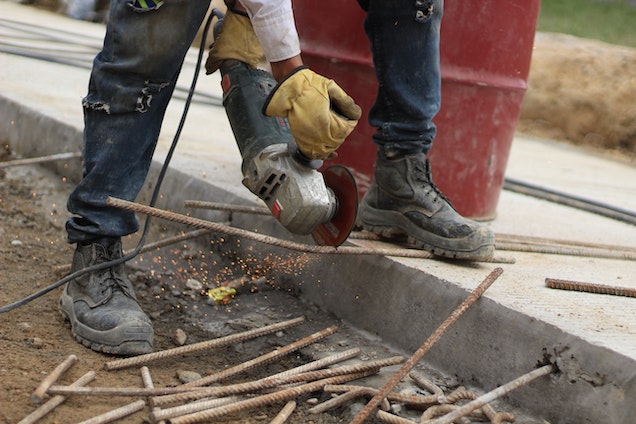Introduction
In the world of sewing, quilting, and crafting, precision is key. Whether you’re a professional seamstress, a passionate quilter, or a DIY enthusiast, achieving clean and accurate cuts on fabric is essential for turning your creative visions into reality. Traditional scissors and rotary cutters have been reliable tools for years, but now, fabric cutters are emerging as a game-changer in the industry. In this blog, we will explore fabric cutters, what they are, their benefits, and how to choose the right one for your needs.
1. Understanding Fabric Cutters
To start, let’s define what fabric cutters are and how they work.
- What Are Fabric Cutters? Fabric cutters are electric or manual devices designed to cut fabric with precision and ease. They often use rotary blades or circular cutting disks to make clean, straight cuts through various types of fabric.
- How Fabric Cutters Work Fabric cutters work by applying even pressure to a rotary blade, which rotates to cut through the fabric. Some models are manually operated, while others are powered by electricity. These machines come with different attachments to accommodate various fabric types and shapes.
2. Benefits of Using Fabric Cutters
Why should you consider investing in a fabric cutter? Let’s explore the advantages:
- Precision and Accuracy Fabric cutters offer unparalleled precision, ensuring that your cuts are always straight and clean. This precision is especially important when creating intricate designs or working with delicate fabrics.
- Time-Saving Fabric cutters significantly reduce the time spent on cutting fabric, allowing you to complete your projects more efficiently. With the push of a button or a simple manual glide, you can cut through multiple layers of fabric at once.
- Reduced Fatigue Unlike traditional scissors, fabric cutters are designed to minimize hand and arm fatigue. They are particularly useful for individuals with arthritis or hand conditions.
- Versatility Many fabric cutters come with interchangeable blades and accessories, making them suitable for a wide range of projects, from quilting to garment construction and home décor.
- Less Waste Fabric cutters help you maximize the use of your fabric by reducing scraps and off-cuts, ultimately saving you money.
3. Types of Fabric Cutters
Fabric cutters come in various types to suit different needs and budgets. Here are some popular options:
- Electric Fabric Cutters These powered devices are perfect for heavy-duty cutting tasks. They provide consistent cutting results with minimal effort.
- Manual Fabric Cutters Manual fabric cutters are operated by hand and are great for smaller projects or hobbyists. They are portable and cost-effective.
- Die Cutting Machines Die cutting machines are versatile tools that can cut fabric and other materials using customized dies. They are popular among crafters and are suitable for a wide range of creative projects.
4. Choosing the Right Fabric Cutter
Selecting the right fabric cutter depends on your specific needs and budget. Consider the following factors when making your choice:
- Type of Projects Think about the types of projects you’ll be working on. Heavy-duty electric cutters may be suitable for quilting, while manual cutters or die cutting machines may be better for crafting.
- Budget Set a budget for your fabric cutter purchase. Electric cutters tend to be more expensive, while manual options and die cutting machines can be more budget-friendly.
- Ease of Use Consider how user-friendly the fabric cutter is, especially if you’re a beginner. Check for features like adjustable cutting settings and safety mechanisms.
- Brand and Model Do some research on reputable brands and models. Read reviews and ask for recommendations from fellow crafters or sewists.
5. Maintenance and Care
Proper maintenance is essential to keep your fabric cutter performing at its best. Here are some tips:
- Clean the blades regularly to prevent fabric residue buildup.
- Replace blades or cutting mats as needed.
- Store your fabric cutter in a dry and dust-free environment.
- Follow the manufacturer’s instructions for lubrication and other maintenance tasks.



